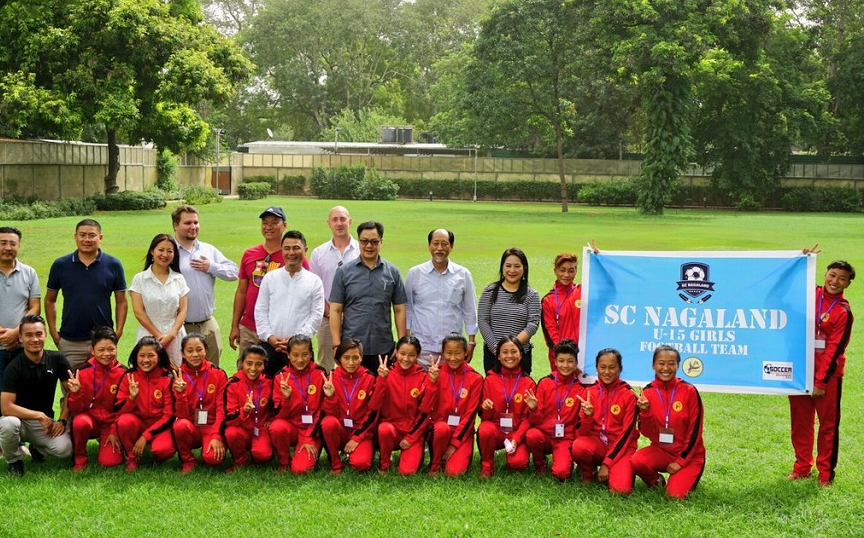Nagaland Health Project:
- Nagaland Health Project was first conceived in the year 2012.
- It is a World Bank funded project which aims to improve health services across Nagaland State of India.
- The Government of India, the Government of Nagaland and the World Bank have signed a 48 million dollars credit agreement for the ‘Nagaland Health Project’ on 16 January 2017.
- Nagaland Health Project is a 6 years project in which the Government is planning envisages to apply Information & Communication
Technology in the development of key health system components which include Supply Chain Management
System, Financial Management System, Human Resource Information System, Health Management Information System and Mobile applications. This also includes data collection, updation and verification of all health care facilities and employees of the Department
Nagaland Health Project Facts:
- Funded by World Bank (precisely – International Development Association (IDA) – the World Bank’s concessionary lending arm)
- Approval Date: December 19, 2016
- Project Closing Date: March 31, 2023
- Total project duration: 6 years
- Total Cost of the project: US$ 60.00 million
- Funding commitment from World Bank: US$ 48.00 million
- Funding commitment from Government of India: US$ 12.00 million
- Implementing Agency: Department of Health and Family Welfare, Government of Nagaland
Objectives of Nagaland Health Project:
The objective of the Nagaland Health Project is to improve health services and increase their utilization by communities in targeted locations in Nagaland.
There are two components to the project:
- Component 1: community action for health and nutrition.
- This component is designed to empower communities to oversee, manage, and improve HNP services and their utilization.
- An incentive strategy will be used whereby funding will be nutrition-related services and practices. In turn, communities will use the incentives for activities and investments that are important to them and have potential impacts on health and nutrition.
- Major focus on knowledge and skill building of Village Health Committees and other stakeholders at the community level, including women’s groups and Village Councils.
- Component 2: health system development.
- This component will support improvements in the management and delivery of health services, including both facility-specific and system-wide investments.
Key focus areas:
- Information and Communication Technology Solutions
- Health Systems and Policies
- Health System Strengthening
- Health Service Delivery
- Health Finance
- Reproductive and Maternal Health
- Child Health
- Nutrition and Food Security
Total number of Chief Medical Offices, District Hospitals, Community Health Centres in Nagaland Department of Health and Family Welfare, Government of Nagaland
There are 11 Chief Medical Offices, 11 District Hospitals, 2 TB & Chest Hospitals, 1 State Mental Health Institute,1 Paramedical Training Institute, 4 Nursing Schools, 21 Community Health Centres, 126 Primary Health Centres and 500 SubCentres.


